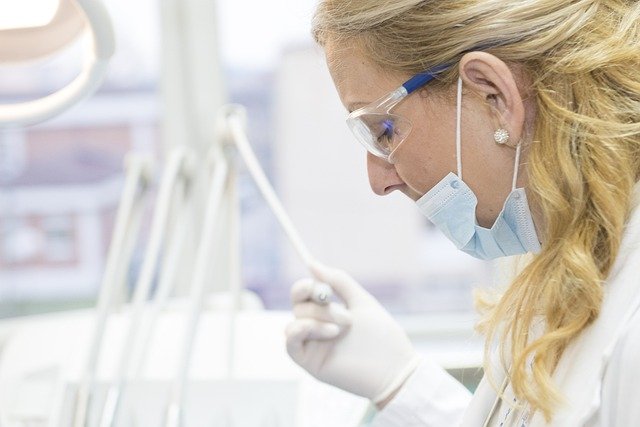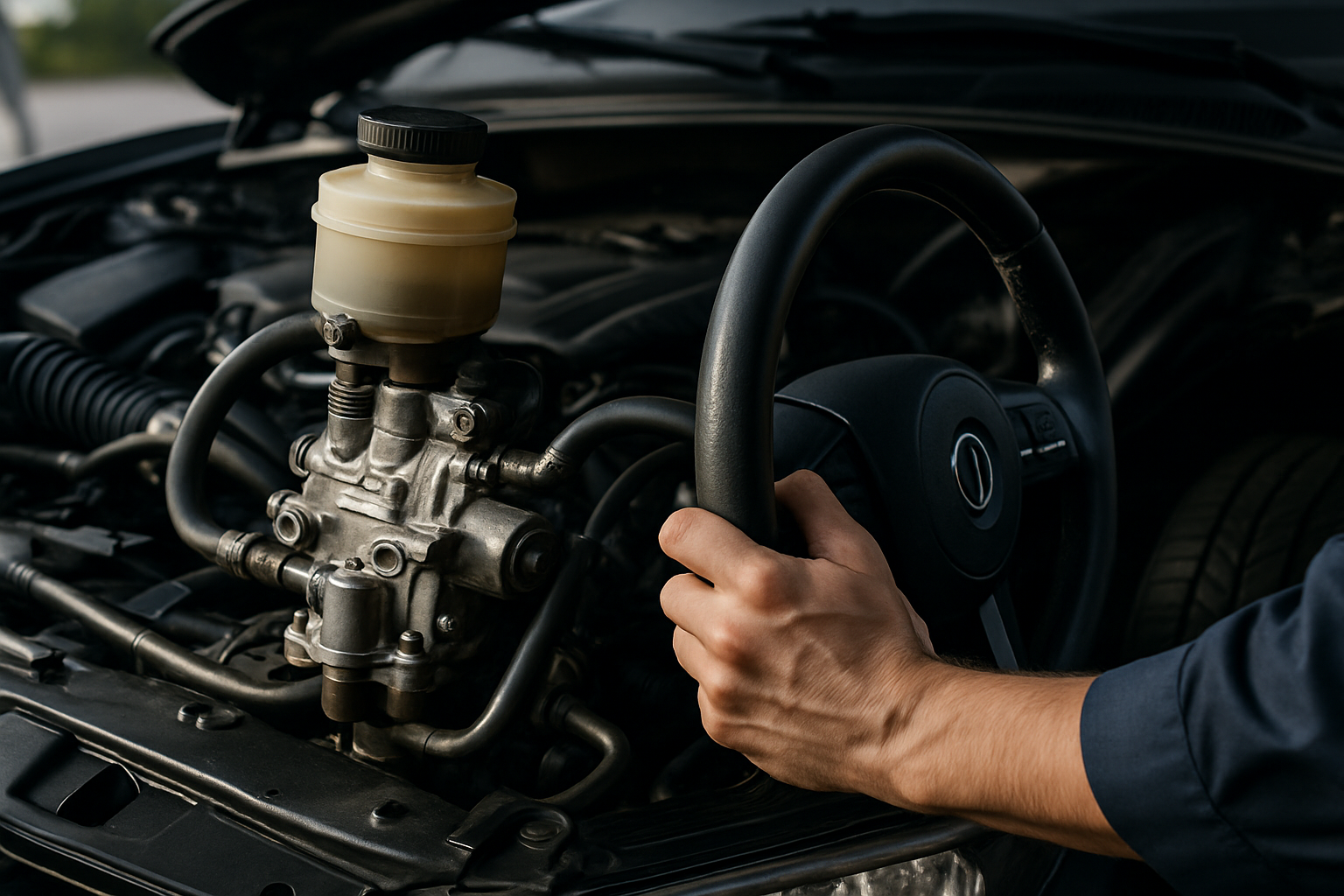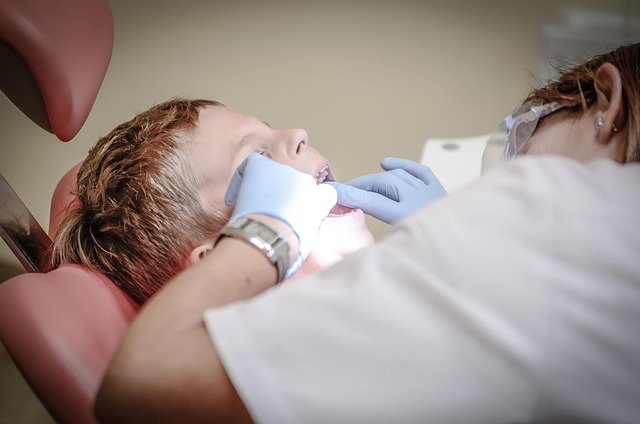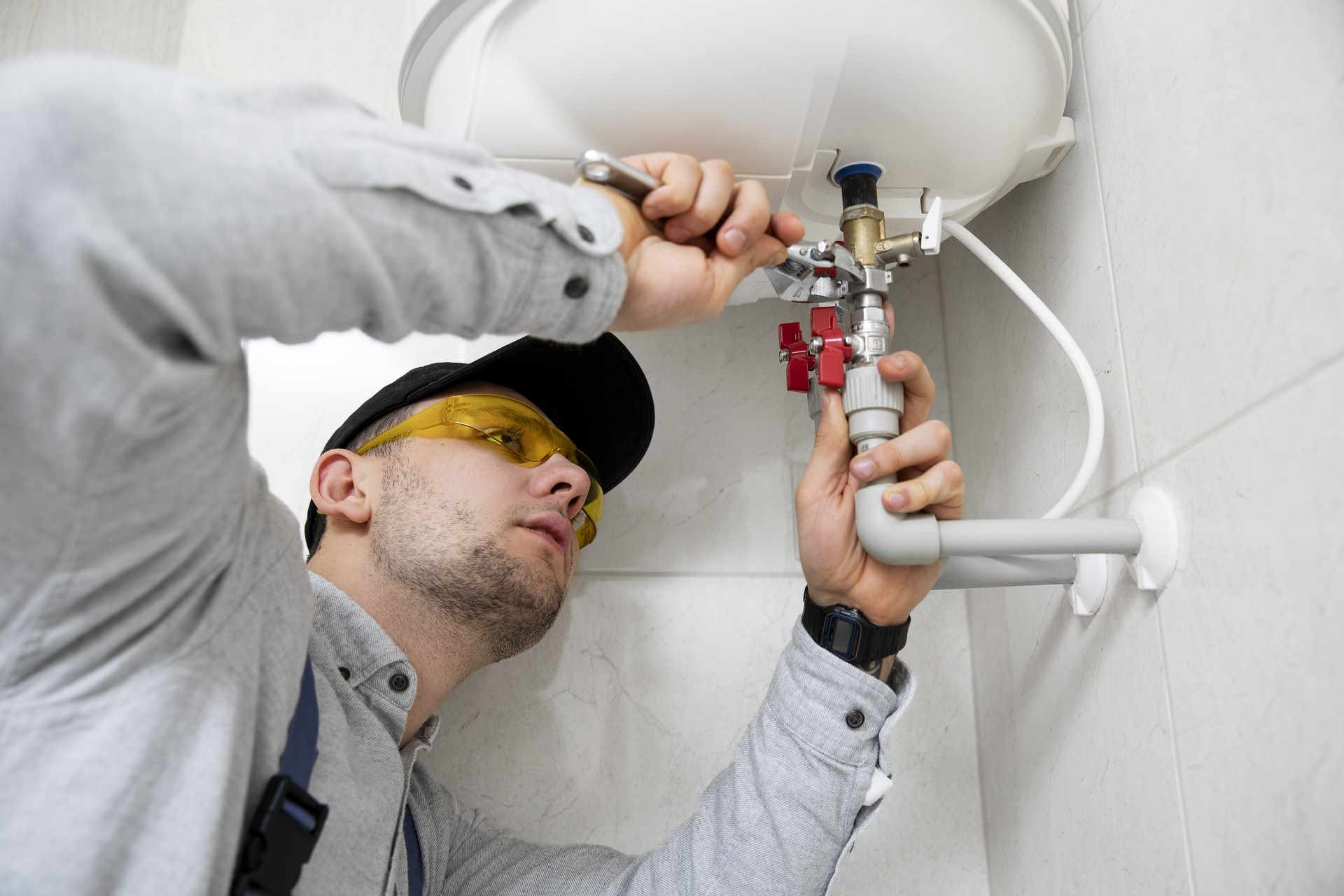Ensuring Safety in Healthcare: The Essential Role of Autoclaves in Medical Sterilization
Autoclaves play a crucial role in maintaining safety and hygiene in healthcare settings. These medical sterilization devices use high-pressure steam to eliminate bacteria, viruses, and other harmful microorganisms from surgical instruments, laboratory equipment, and medical supplies. By ensuring that all tools are completely sterilized, autoclaves help prevent infections, protect patients, and support overall healthcare quality. Their reliability and efficiency make them an indispensable part of modern medical practice.

How do autoclaves work? The science behind sterilization
Autoclaves operate on the principle of moist heat sterilization, which is highly effective in destroying microorganisms. The process involves exposing items to pressurized steam at temperatures typically ranging from 121°C to 134°C (250°F to 273°F). This combination of high temperature, pressure, and moisture creates an environment that rapidly kills bacteria, viruses, fungi, and spores.
The sterilization process in an autoclave consists of several key stages. First, air is removed from the chamber to create a vacuum. Then, high-pressure steam is introduced, penetrating porous materials and reaching all surfaces of the items being sterilized. The steam condenses on cooler surfaces, releasing latent heat and effectively destroying microorganisms. The exposure time varies depending on the temperature and the nature of the items being sterilized, but it typically ranges from 15 to 30 minutes.
What are the types of autoclaves and their applications in healthcare?
Healthcare facilities utilize various types of autoclaves, each designed for specific applications and sterilization needs. Understanding these different types helps healthcare professionals choose the most appropriate equipment for their requirements.
-
Gravity displacement autoclaves: These are the most common type used in healthcare settings. They rely on gravity to displace air with steam, making them suitable for sterilizing solid instruments, glassware, and certain types of liquids.
-
Pre-vacuum autoclaves: Also known as high-speed autoclaves, these machines use a vacuum pump to remove air from the chamber before introducing steam. This allows for faster and more efficient sterilization of porous materials, textiles, and hollow instruments.
-
Steam-flush pressure-pulse autoclaves: These advanced autoclaves use a combination of steam flushing and pressure pulses to achieve rapid and effective sterilization. They are particularly useful for sterilizing complex instruments with multiple channels or cavities.
-
Tabletop autoclaves: Compact and portable, these smaller autoclaves are ideal for dental offices, small clinics, and laboratories with limited space and sterilization needs.
-
Large-capacity autoclaves: Designed for high-volume sterilization in hospitals and large healthcare facilities, these autoclaves can handle large quantities of instruments and materials in a single cycle.
What are the best practices for safe and effective autoclave use?
To ensure optimal sterilization results and maintain the longevity of both the autoclave and the items being sterilized, healthcare professionals should adhere to the following best practices:
-
Proper loading: Arrange items to allow steam penetration to all surfaces. Avoid overloading, and ensure that packages or instruments do not touch the chamber walls.
-
Use appropriate packaging: Utilize sterilization-compatible wraps, pouches, or containers that allow steam penetration while maintaining sterility after the cycle.
-
Regular maintenance: Perform routine cleaning, inspection, and preventive maintenance as recommended by the manufacturer to ensure optimal performance and extend the autoclave’s lifespan.
-
Monitoring and documentation: Use chemical and biological indicators to verify sterilization effectiveness. Maintain detailed records of each sterilization cycle, including date, time, temperature, pressure, and load contents.
-
Staff training: Provide comprehensive training to all personnel responsible for operating autoclaves, covering proper use, safety procedures, and troubleshooting.
-
Quality control: Implement a quality assurance program that includes regular testing of the autoclave’s performance and validation of sterilization processes.
-
Follow manufacturer guidelines: Adhere to the specific instructions provided by the autoclave manufacturer regarding cycle parameters, loading procedures, and maintenance requirements.
What are the cost considerations for autoclave equipment in healthcare facilities?
When considering the implementation or upgrade of autoclave equipment, healthcare facilities must carefully evaluate the associated costs. The price of autoclaves can vary significantly based on factors such as size, capacity, features, and technology.
| Autoclave Type | Capacity | Estimated Price Range |
|---|---|---|
| Tabletop Autoclave | 20-30 liters | $2,000 - $6,000 |
| Benchtop Autoclave | 40-60 liters | $5,000 - $15,000 |
| Floor-standing Autoclave | 100-300 liters | $20,000 - $80,000 |
| Large-capacity Autoclave | 400+ liters | $50,000 - $200,000+ |
Prices, rates, or cost estimates mentioned in this article are based on the latest available information but may change over time. Independent research is advised before making financial decisions.
In addition to the initial purchase cost, healthcare facilities should consider ongoing expenses such as maintenance, replacement parts, utilities, and staff training. While higher-end autoclaves may have a steeper upfront cost, they often offer improved efficiency, reduced cycle times, and advanced features that can lead to long-term cost savings and improved sterilization outcomes.
When selecting an autoclave, healthcare facilities should carefully assess their sterilization needs, available space, and budget to choose the most appropriate and cost-effective solution. Consulting with multiple vendors and considering factors such as warranty, service agreements, and energy efficiency can help in making an informed decision that balances performance and cost-effectiveness.
In conclusion, autoclaves are indispensable tools in healthcare settings, playing a vital role in ensuring patient safety and preventing the spread of infections. By understanding the science behind autoclave sterilization, choosing the right type of autoclave for specific applications, and following best practices for their use, healthcare professionals can maintain the highest standards of safety and hygiene in their facilities. As technology continues to advance, autoclaves will likely become even more efficient and user-friendly, further enhancing their critical role in healthcare sterilization processes.
This article is for informational purposes only and should not be considered medical advice. Please consult a qualified healthcare professional for personalized guidance and treatment.




